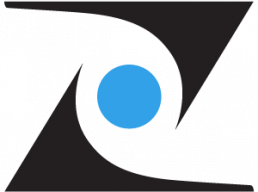Sell SaaS, They Said … It Will Be Easy, They Said
FULL ARTICLE AVAILABLE AT TECHCRUNCH
It has never been easier for customers to buy software. A couple of clicks or taps, depending on your device of choice, and you can be up and running with even the most sophisticated enterprise business applications.
The result of all of those fast, easy transactions is impressive: According to Goldman Sachs, SaaS revenue is predicted to reach $106 billion in 2016, a 21 percent increase over projected 2015 spending.
So if SaaS is so easy to buy, why does it often seem so difficult to sell?
Simply put, traditional software distribution channels have failed to keep up with today’s on-demand, subscription-based delivery models. In the old world of on-premise licensed-based software, 70 percent of software sales were channel based. Today, only 23 percent of SaaS sales go through a channel. On the other side of the coin, 80 percent of on-premise software vendors operate a channel program to enable other companies to sell their products, while only 20 percent of SaaS vendors operate similar programs.
Today’s software vendors are leaning heavily on direct sales, but it’s not entirely their fault. Many vendors don’t have the technology to support a balanced distribution approach that includes indirect sales channels, such as affiliates and resellers. To make matters worse, there’s no “silver bullet” that will solve every SaaS sales and distribution challenge; not only is every software vendor unique, but these companies will have different go-to-market needs at different stages of growth. In short, there is no be-all, end-all way to monetize software.
With lots of trial and error, however, some SaaS companies have managed to crack their own unique code for selling software. Let’s look at four strategies SaaS vendors can use to sell more software, as well as companies that have used them to successfully scale and drive new revenue.
Affiliates And Referral Programs
These types of programs usually operate in one of two ways. In one, customers refer others to a product for some form of incentive. In the other, vendors establish formal relationships with affiliate partners who direct qualified leads to the vendors’ websites or products; again, in exchange for an incentive.
Looking across the SaaS industry, Dropbox offers one of today’s strongest examples of a successful referral program. The cloud storage company encourages users to invite a friend to join in exchange for 500MB of free storage. This program helped Dropbox grow from 100,000 to 4 million registered users in just 15 months, a jump that represents a staggering 1,950 percent year-over-year growth rate.
FULL ARTICLE – http://techcrunch.com/2015/10/09/sell-saas-they-said-it-will-be-easy-they-said/

